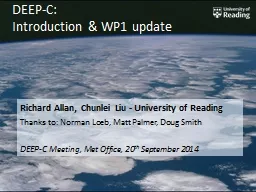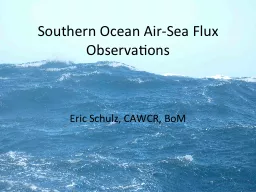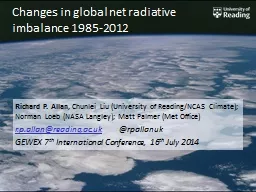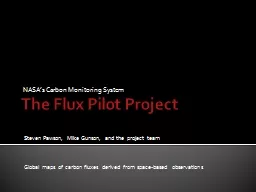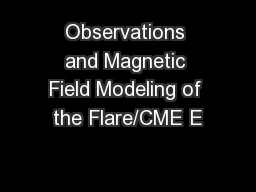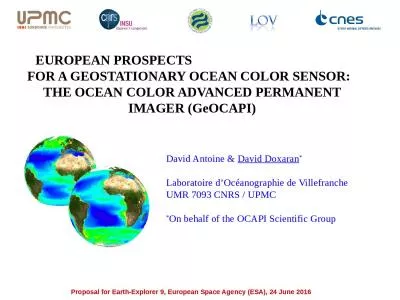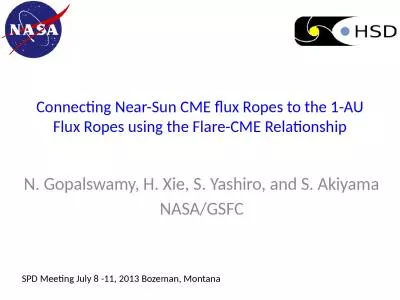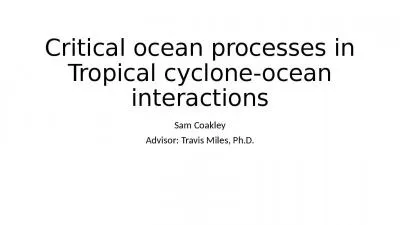PPT-Reconciling net TOA flux/ocean heating in observations and
Author : min-jolicoeur | Published Date : 2016-05-05
5yr running means Smith et al 2015 Spurious ocean data CERES ERBSrecon Reanalysisrecon Surface temperature hiatus despite continued upper ocean heating Durack
Presentation Embed Code
Download Presentation
Download Presentation The PPT/PDF document "Reconciling net TOA flux/ocean heating i..." is the property of its rightful owner. Permission is granted to download and print the materials on this website for personal, non-commercial use only, and to display it on your personal computer provided you do not modify the materials and that you retain all copyright notices contained in the materials. By downloading content from our website, you accept the terms of this agreement.
Reconciling net TOA flux/ocean heating in observations and: Transcript
Download Rules Of Document
"Reconciling net TOA flux/ocean heating in observations and"The content belongs to its owner. You may download and print it for personal use, without modification, and keep all copyright notices. By downloading, you agree to these terms.
Related Documents

